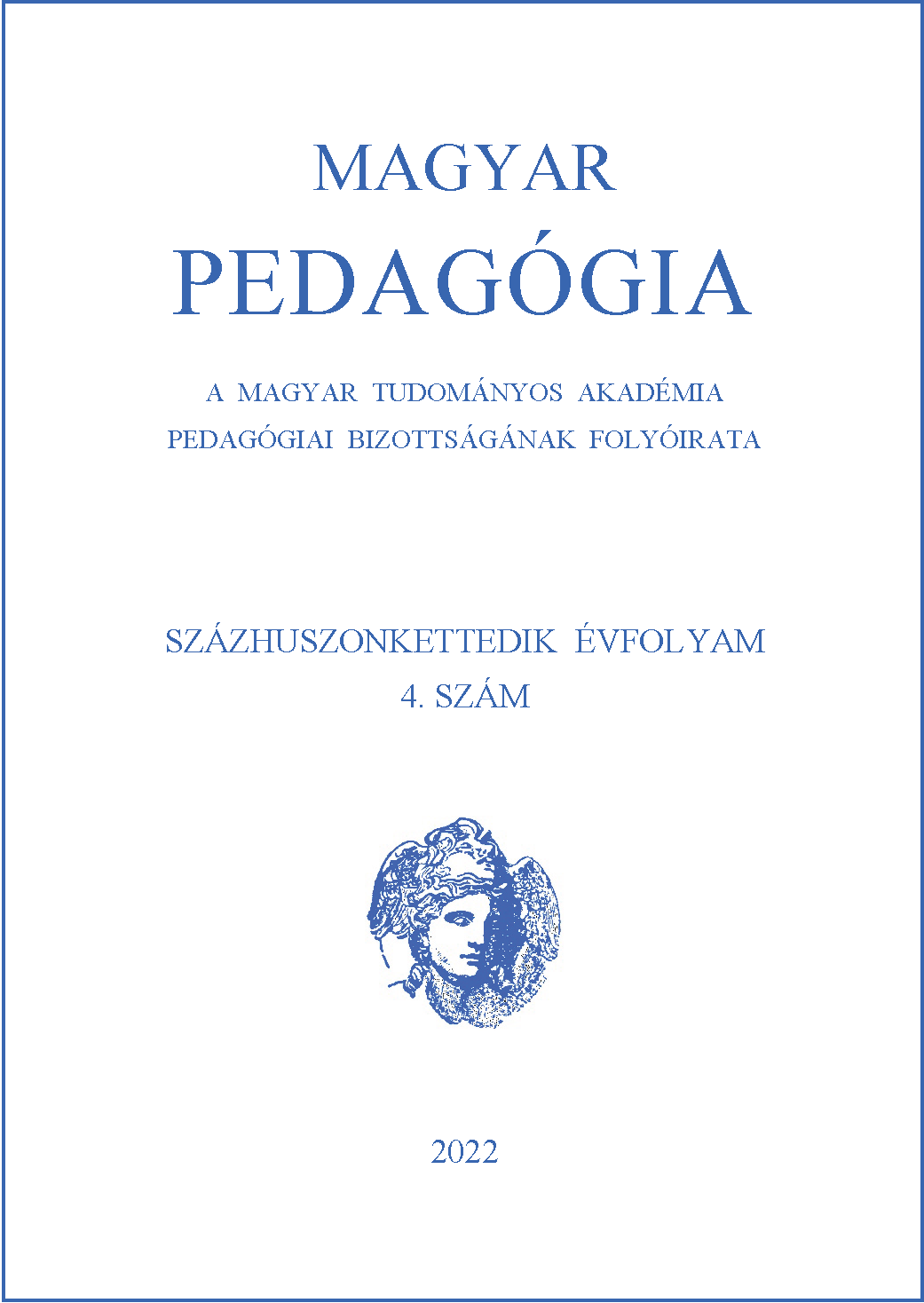High school students' career choice indecision
Main Article Content
Abstract
The empirical study presented in this paper seeks to answer the issue of the indecisions and difficulties that characterise students’ decision-making about further education and career choices; as well as how these are related to certain characteristics of students in the studied segment of 10th and 11th grade Hungarian high school students. The data was collected online in February 2022 using two sets of questions validated on a sample of Hungarian high school students, and a self-developed career guidance questionnaire (N = 285). Instruments used: the CDDQ Career Decision-Making Difficulties Questionnaire (Gati & Osipow, 2010; validated by Olteanu, 2022); and CFI Career Factors Inventory (Chartrand et al., 1990; validated by Lukács, 2012; applied by Török, 2016; Olteanu, 2022). The results show that most high school students (62%) are considering higher education. A significant proportion (18%) do not yet have an idea of what they want to do after graduation. In line with previous studies, a significant relationship was found between lack of motivation, career choice anxiety, difficulties, and indecisiveness. Students with lower academic performance are less motivated, more indecisive, and have more difficulties in making career choices. Females have better academic performance, are more interested in learning, have a higher preference for higher education, are more engaged in a range of career orientation activities, are more motivated but more indecisive, and have higher levels of anxiety. Heterogeneous outcomes in many respects, gaps in self-awareness and career knowledge, the risk of too early closure of the decision process, the identified student types, and the high incidence of various career difficulties require differentiated pedagogical work. Low levels of career management skills (Jackson, 2013) are common. Remarkably, there are no notable differences between the two cohorts in terms of measured career orientation variables. The results suggest that more activities to support self-awareness and career guidance both inside and outside school are needed, reinforcing the process nature of career guidance. The questionnaires applied could be used as a tool in school work to obtain more precise information on the career choice indecision and difficulties of individual pupils, which can be utilized to provide differentiated support for students.

